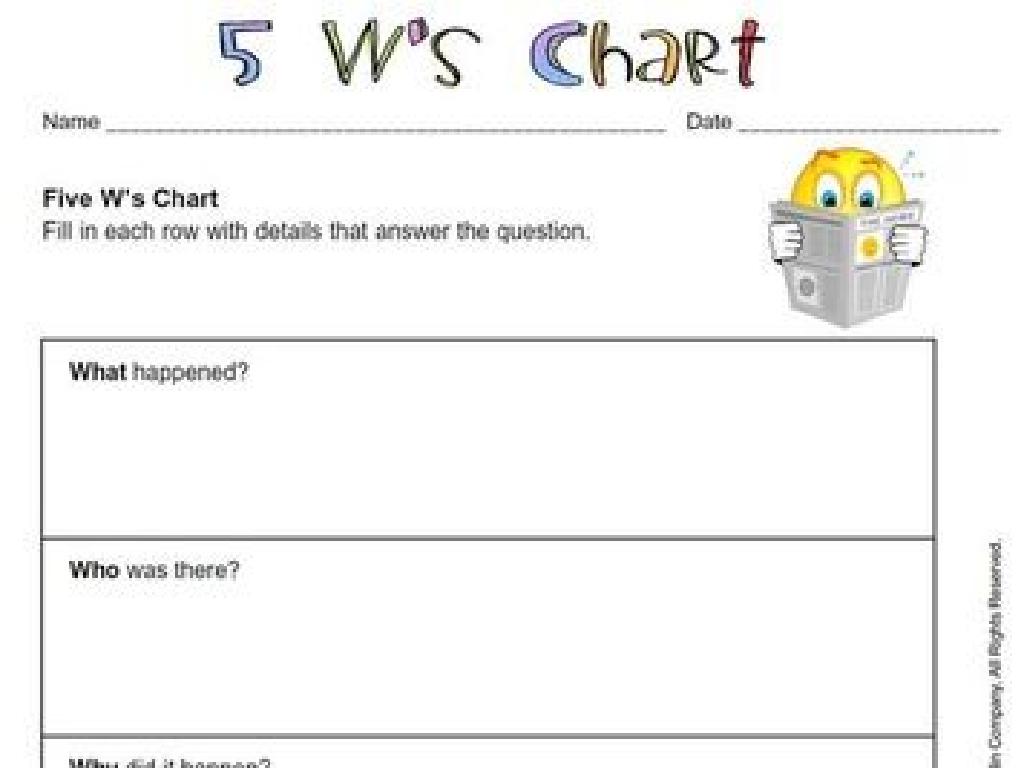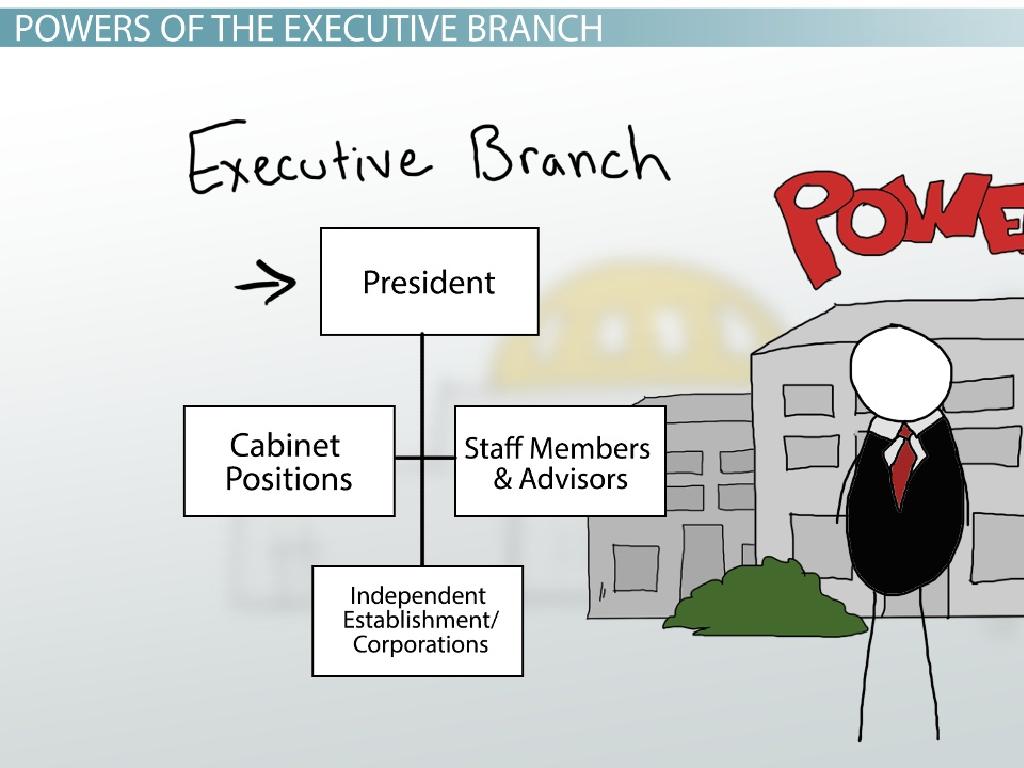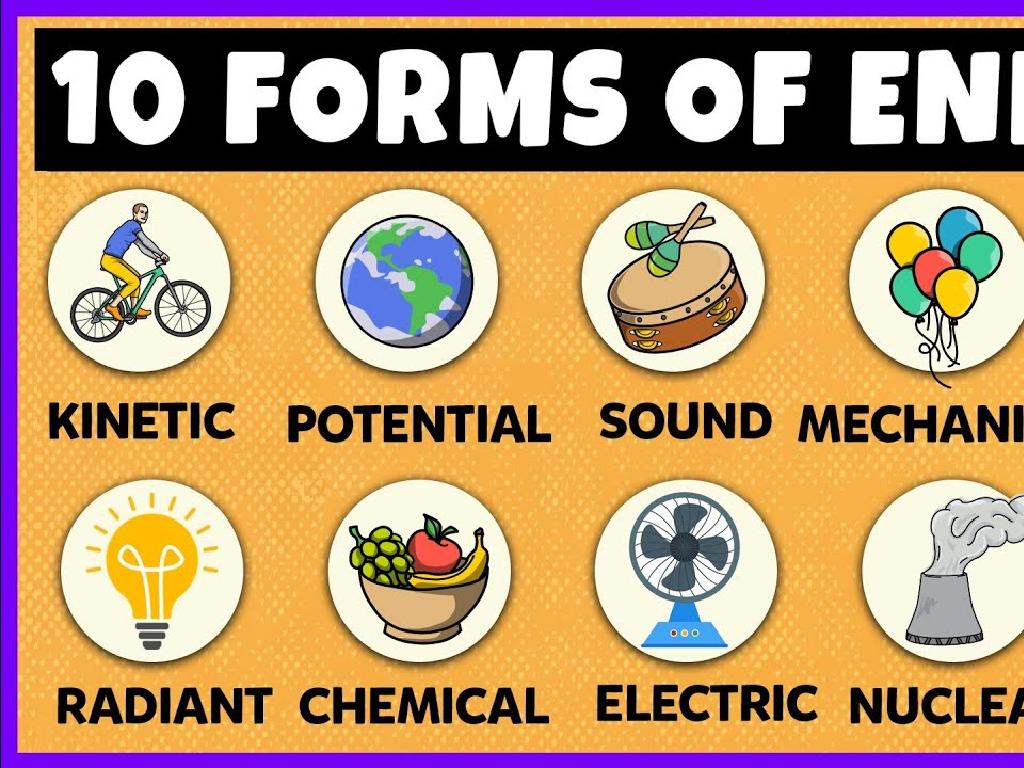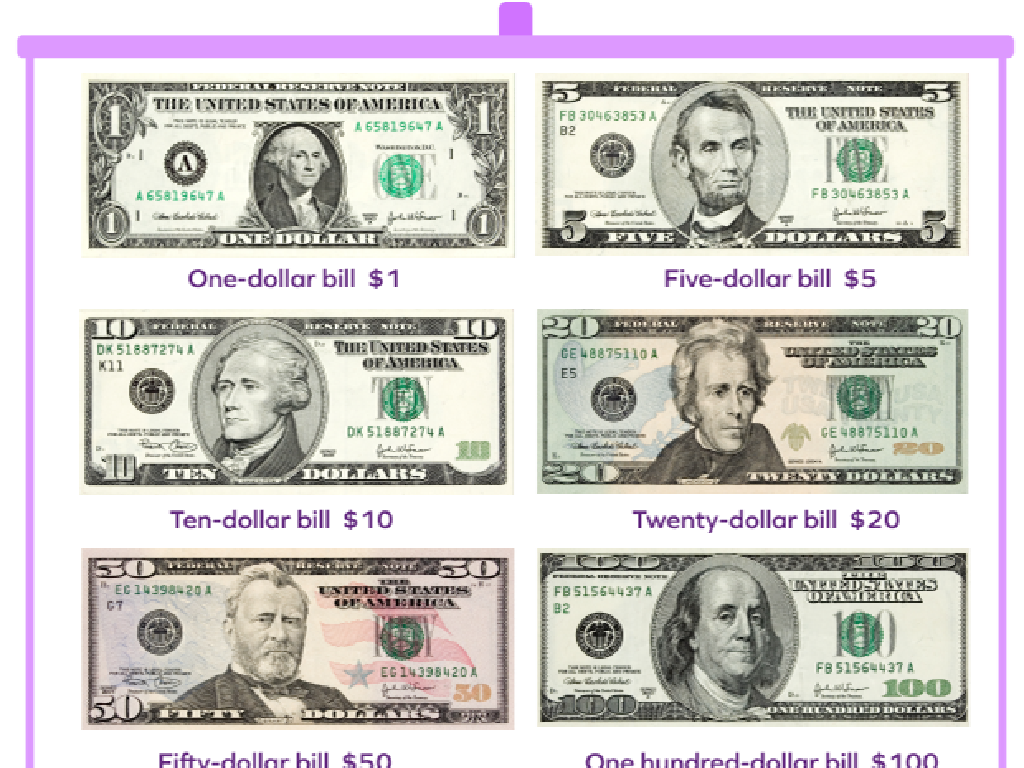What Is Economics?
Subject: Social studies
Grade: Sixth grade
Topic: Basic Economic Principles
Please LOG IN to download the presentation. Access is available to registered users only.
View More Content
Welcome to Economics: Exploring the Basics
– Economics: study of choices
– How people use resources to meet needs and wants.
– Daily impact of economics
– Choices about spending/saving affect everyday life.
– Introduction to economic principles
– What is Economics?
– Economics is the social science that studies production, distribution, and consumption of goods and services.
|
This slide introduces students to the concept of economics, which is the study of how people make choices to allocate their resources to meet their needs and wants. Emphasize that economics is not just about money; it’s about making decisions that affect our daily lives, such as choosing to buy a snack or save the money for something else. The lesson will cover basic economic principles and provide a foundation for understanding how economies function. Encourage students to think about the last time they made a choice on how to spend their money or their time, as this is a personal example of economic decision-making.
Understanding Economics
– Economics: study of choices
– How people use limited resources to meet needs and wants
– Resources: time and talent
– Resources are not just money, but also skills and hours in a day
– Goods vs. Services
– Goods are physical items, services are tasks done for others
– Role of scarcity in economics
– Scarcity means not having enough resources to satisfy all our wants
|
Economics is a social science concerned with the production, distribution, and consumption of goods and services. It studies how individuals, businesses, governments, and nations make choices about how to allocate resources. The resources can be anything from time to talent to money. Goods are tangible objects that satisfy people’s wants, while services are intangible activities that do the same. Scarcity, or the limited nature of society’s resources, is a fundamental concept in economics because it implies that all of society’s goals cannot be pursued at the same time, making the study of how we make choices crucial. Encourage students to think of examples of goods and services in their daily lives and how they or their families make choices about using their time and talents.
Understanding Wants vs. Needs
– Needs: essentials for survival
– Food, water, shelter, and clothing
– Wants: items we desire
– Video games, toys, fashionable clothes
– Examples of wants and needs
– Needs: bread, water; Wants: soda, candy
– Relation to economics
– Economics studies how we manage our resources to meet both wants and needs
|
This slide introduces the concept of wants versus needs, a fundamental economic principle. Needs are basic necessities such as food, water, shelter, and clothing that are essential for survival. Wants, on the other hand, are items or services that we desire but are not essential for living. Provide examples of each to help students differentiate between the two. For instance, bread and water can be classified as needs, while soda and candy are wants. Discuss how economics is the study of how people use resources to satisfy these wants and needs, and how this affects decision-making at both an individual and societal level. Encourage students to think about their own wants and needs and how they make choices based on these.
The Role of Money in Economics
– Money as exchange medium
– Money is used to buy and sell goods, replacing direct trade.
– Money’s role in trade
– It makes trading easier and more efficient between people.
– Comparing barter and money
– Barter involves trading goods directly, without a standard value system.
– Advantages of using money
– Money provides a consistent value and is widely accepted, making trade simpler.
|
This slide introduces students to the concept of money within the framework of economics. It explains how money serves as a medium of exchange, facilitating trade by providing a standard of value that is widely accepted. This contrasts with the barter system, where goods are traded directly for other goods without a standardized value, often leading to complications in determining fair trade. Emphasize the efficiency and simplicity that money brings to economic transactions. Provide historical examples of barter and discuss how money evolved as a solution to its limitations. Encourage students to think about how money affects their daily lives and the ease with which they can purchase goods and services.
Understanding Supply and Demand
– Define supply and demand
– Supply is how much of something is available, demand is how much it’s wanted
– Impact on prices
– When supply is low and demand is high, prices go up; the opposite is also true
– Real-life examples
– Seasonal fruits: high in summer, low in winter; trendy toys: high demand during holidays
– Interactive class activity
|
This slide introduces the basic economic concepts of supply and demand, which are crucial for understanding how markets work. Start by defining supply as the amount of a product or service that is available to consumers, and demand as the desire of consumers to purchase goods and services. Explain how an imbalance between supply and demand can lead to price changes, using everyday examples like seasonal fruits or popular toys during the holiday season to illustrate these concepts. Engage the class with an activity where they can simulate a market scenario to see the effects of supply and demand on prices firsthand. This will help students grasp the dynamic nature of economics in a practical and interactive way.
Exploring Economic Systems
– Types of economic systems
– Market, Command, Mixed are main types
– Decision-making in economies
– Who makes the choices on production, distribution?
– Advantages of each system
– Market: efficiency, Command: control, Mixed: balance
– Disadvantages of each system
– Market: inequality, Command: less freedom, Mixed: slower decisions
|
This slide introduces students to the concept of economic systems, which are the ways that societies organize the production, distribution, and consumption of goods and services. There are three main types of economic systems: Market, where decisions are guided by individuals and businesses; Command, where decisions are made by the government; and Mixed, which combines elements of both. Each system has its own way of deciding what to produce, how to produce it, and for whom to produce. Discuss the pros and cons of each system, such as efficiency and freedom in market economies versus equality and control in command economies. Mixed economies try to balance these aspects. Encourage students to think about which system they encounter in their daily lives and the impact of these systems on society.
Scarcity and Choices in Economics
– Understanding scarcity
– Limited resources vs. unlimited wants
– Making choices in economics
– Every choice has a cost or trade-off
– What is opportunity cost?
– The value of the next best alternative given up
– Balancing wants and resources
|
This slide introduces the concept of scarcity and its implications for economic choices. Scarcity is a fundamental economic problem where there are limited resources to satisfy unlimited wants and needs. This leads to the necessity of making choices. When we make a choice, we face the cost of not being able to choose the next best alternative, which is known as opportunity cost. It’s important for students to understand that economics is about making decisions on how to best use limited resources. Use examples like choosing between buying a book or a toy with limited pocket money to illustrate these concepts in a way that’s relatable to sixth graders.
Class Activity: Making Economic Decisions
– Group activity: Needs vs. Wants
– Prioritize with ‘classroom currency’
– Imagine you have limited money; what do you buy first?
– Class discussion on choices
– Reflect on decision-making process
– Think about why you chose some items over others.
|
This activity is designed to simulate economic decision-making. Divide the class into small groups and provide each group with a set amount of ‘classroom currency.’ Students will list items they need and want, then use the currency to prioritize these items, simulating budgeting with limited resources. After the activity, lead a class discussion to reflect on the choices made. Ask students to consider the reasons behind their prioritization and what factors influenced their decisions. This will help them understand the concept of scarcity and the need to make choices in economics. Possible variations of the activity could include different scenarios or varying the amount of currency each group receives to discuss how different levels of wealth can impact decision-making.






